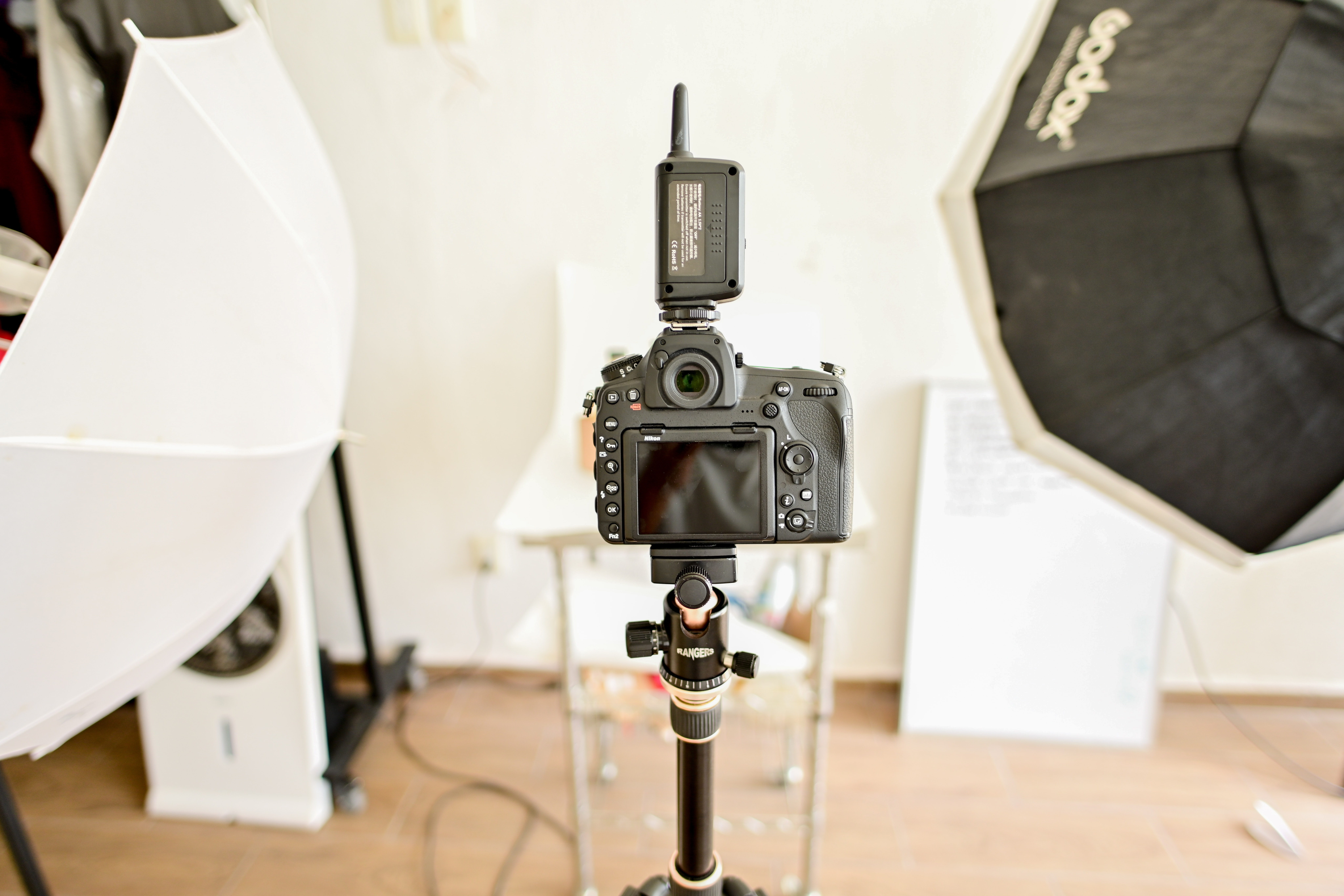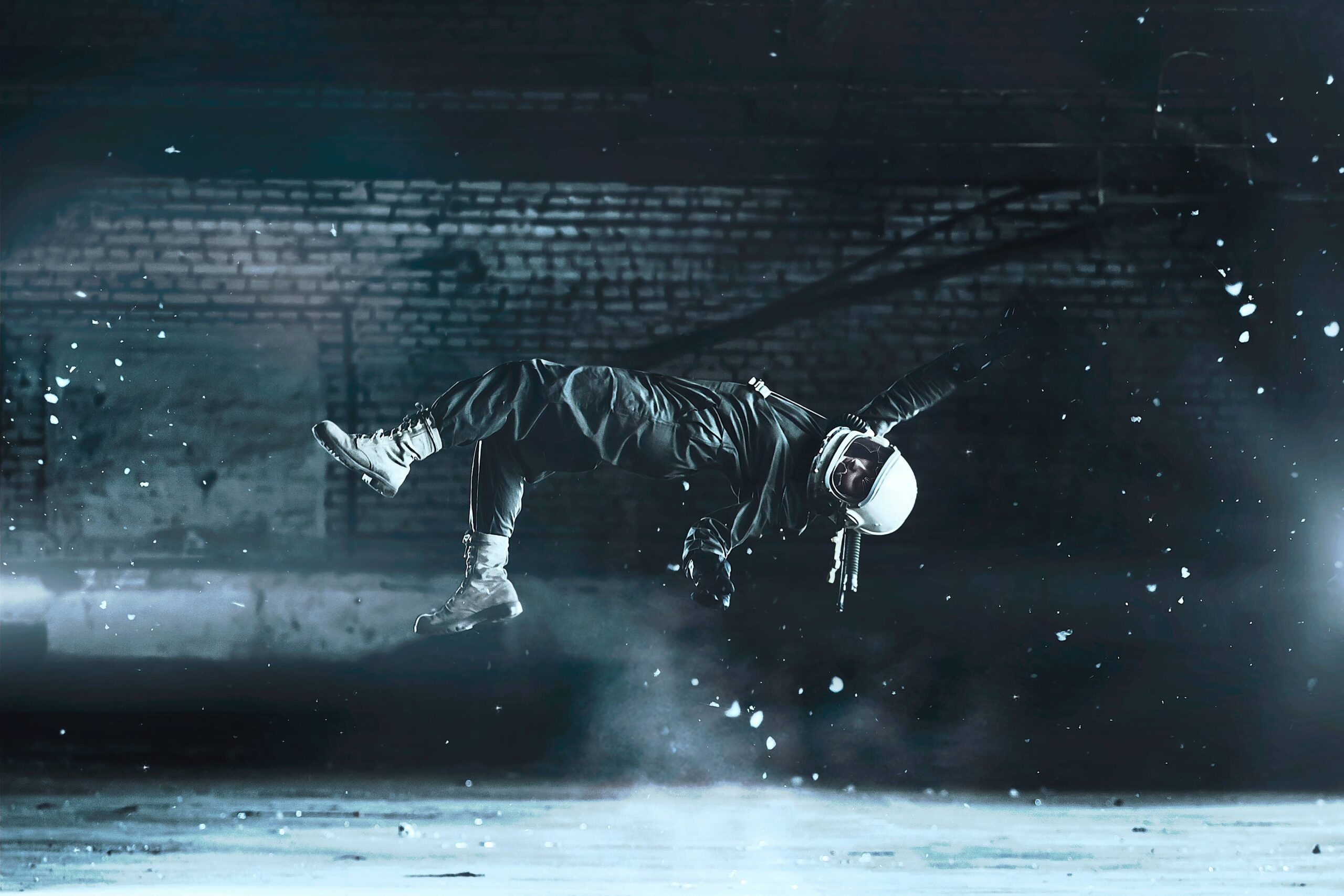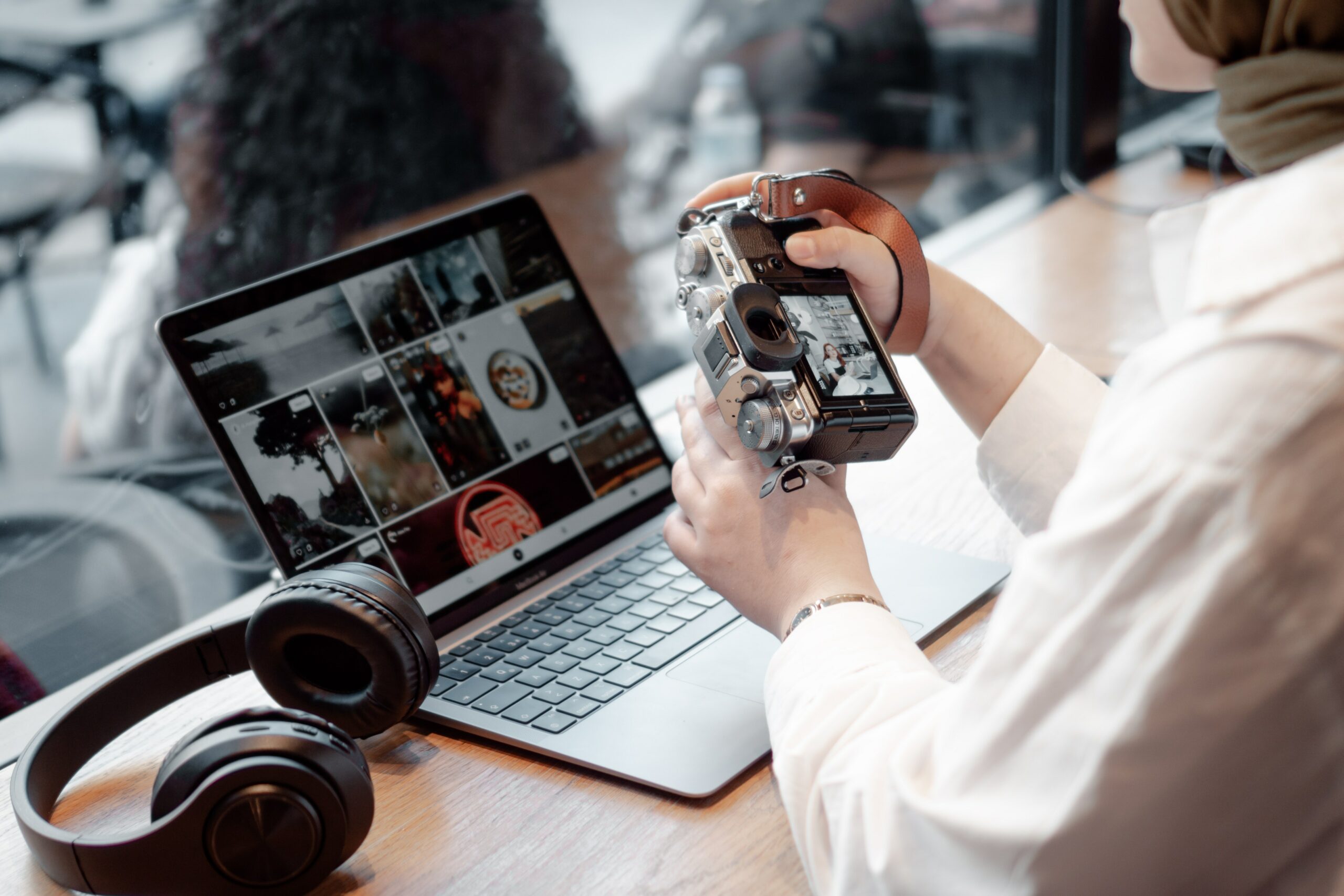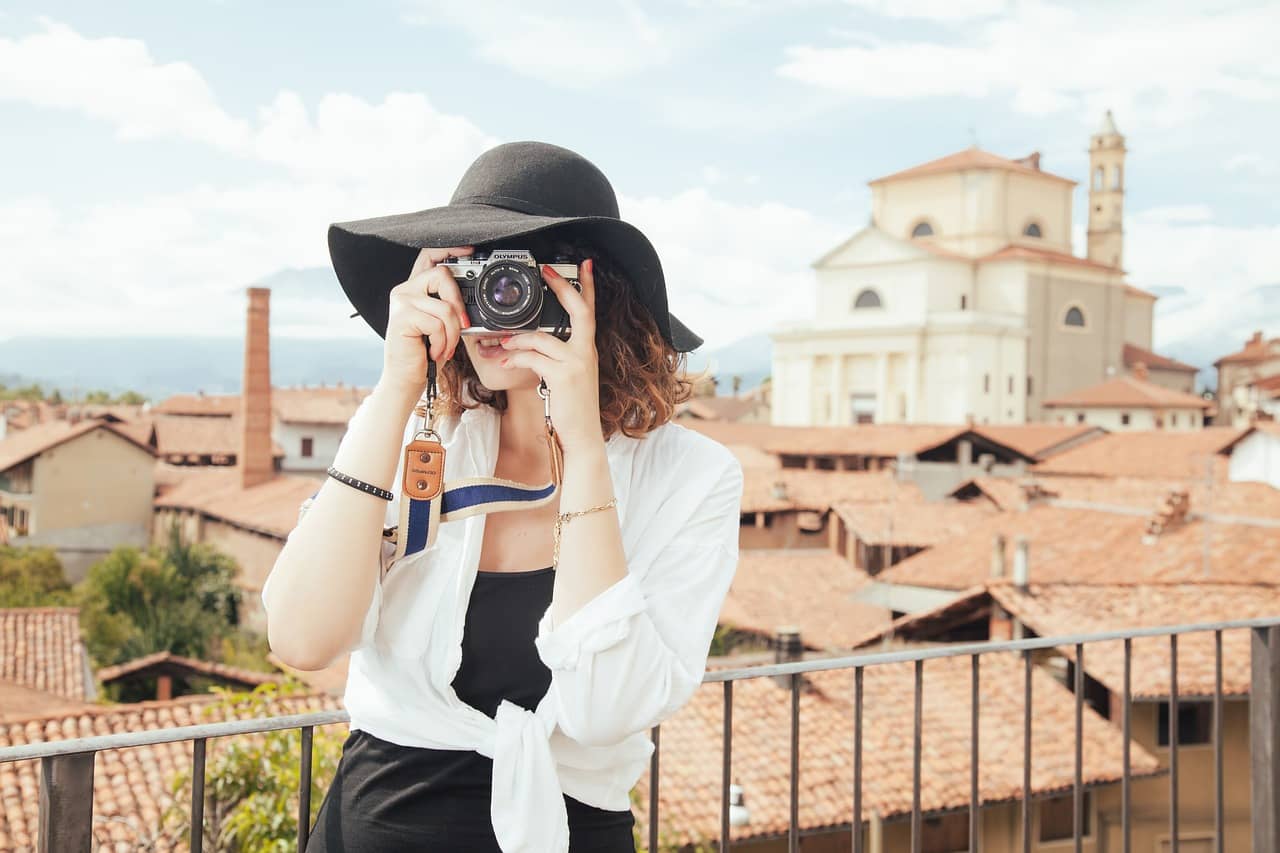Lighting is a crucial element in photography, and it can significantly affect the mood, atmosphere, and overall impact of a photograph. Whether you are shooting with natural light or artificial light sources, understanding how to use and control lighting can help you take better photos. You also can checkout our article on 10 tips for taking better photos with your smartphone.
One of the most significant roles of lighting in photography is creating mood and atmosphere. Different lighting conditions can evoke different emotions in the viewer, and as a photographer, you have the power to influence this. For example, harsh sunlight can create a dramatic, contrasty look that is perfect for capturing action and energy. On the other hand, soft, diffuse lighting can create a more calming, gentle atmosphere that is suitable for portraits and intimate moments. In addition to the quality of the light, the direction of the light can also have an impact on the mood of the photograph. For instance, using sidelight can add drama and depth, while using front light can create a more flat, simple look.
Another important aspect of lighting in photography is highlighting the subject. The right lighting can help draw the viewer’s eye to the main subject of the photograph and make it stand out from the background. For instance, using backlighting to create a rim light around the subject can add depth and separation, making the subject pop. Similarly, using a strong side light can add texture and shape to the subject, giving it more dimension. Additionally, using a focal point of light, such as a spotlight or a flashlight, can draw attention to a specific part of the photograph and create a sense of mystery or drama.
Proper exposure is also crucial in photography, and lighting plays a significant role in achieving it. Depending on the lighting conditions, you may need to use a fill flash or reflector to add light to a scene and balance the exposure. This can help ensure that the photograph is not too dark or too bright, and that the details are captured accurately. It is essential to pay attention to the exposure triangle, which consists of aperture, shutter speed, and ISO, and how they work together to control the amount of light in the photograph. By understanding and adjusting these settings, you can control the lighting and create the desired result.
In conclusion, lighting is an essential element in photography that can have a significant impact on the final result. By understanding how to use and control lighting, you can create the mood and atmosphere you desire, highlight your subject, and achieve optimal exposure. So next time you are out taking photos, pay attention to the lighting and see how it can enhance your images. Experiment with different lighting conditions and techniques to see what works best for you and your subject. The more you practice and learn about lighting, the better you will become at creating stunning, impactful photographs.



